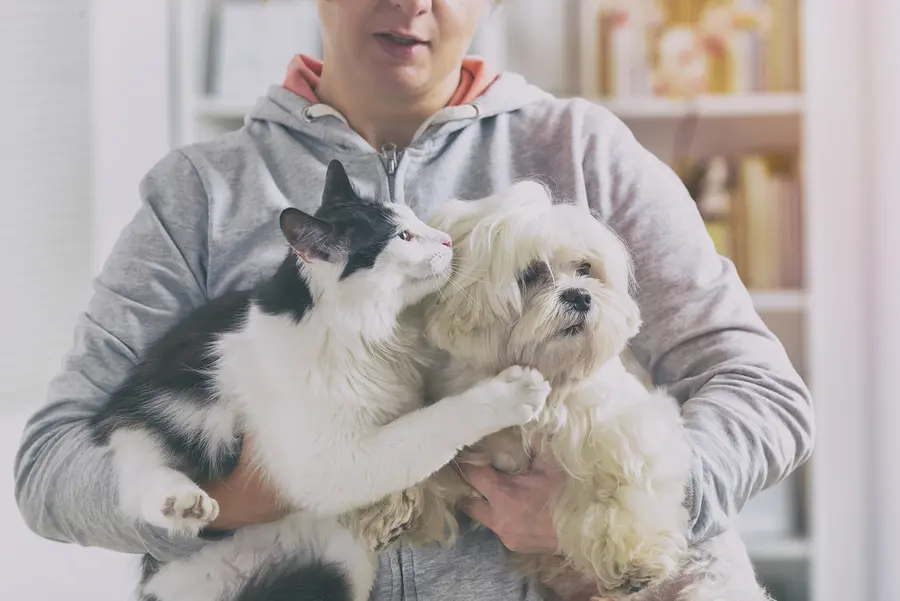Cesarean Section for Dog and Cats

Determining the need for a cesarean section for dogs and cats often requires a few diagnostic tests. Veterinarians may perform digital vaginal palpitation to check for pelvic abnormalities or to determine if the pelvic canal is too narrow for passage of the puppies or kittens. Abdominal radiographs may be done to evaluate if the puppies or kittens are too large or if their location in the uterus is compromised. When the pups or kittens are too large or are in distress, an emergency surgery cesarean section is typically recommended.
Pets are shaved prior to receiving anesthesia for a Cesarean section. A midline incision is made to expose the uterus, and the pups or kittens are removed from the uterus. Both the abdominal wall and skin are then sutured. This emergency surgery generally takes anywhere from 45 minutes to 1 ½ hours, and the overall risk is low. If the pups or kittens are still born, it is often due to the Cesarean section not being performed soon enough. During the recovery period, mothers are given pain medication and should begin eating within several hours. At the same time, mothers should be monitored to ensure that they don’t roll over and crush the babies. It’s important to note that the mother’s food intake should be two to three times normal in order to provide appropriate nutrition for the litter.
Animal Emergency Care of Braselton: Emergency Surgery
Animal Emergency Care of Braselton is located in the city of Braselton and is ready for emergency surgery if your pet needs a cesarean section. We always recommend a pre-whelping exam before your pet’s due date. This way, you know what to do if your pet starts to show signs of trouble. There are several indicators that a Cesarean section is on the horizon. During stage two of labor, your pet will begin to strain and contract. If the puppy or kitten isn’t expelled within two hours of this stage, it’s a sign that there may be problem. Stage three entails the delivery of the placenta. However, there may be more babies to be delivered. If your pet goes more than four hours between delivering other babies, it’s a sign there is a problem. Other signs that indicate a delivery problem include excessive pain, fever, vomiting and bloody discharge. If your pet exhibits any of these signs, bring them in, and our vets will determine if an emergency surgery of a Cesarean section is needed. If you’re unsure about what to do, call us at (470) 209-7222, and we’ll advise you.


